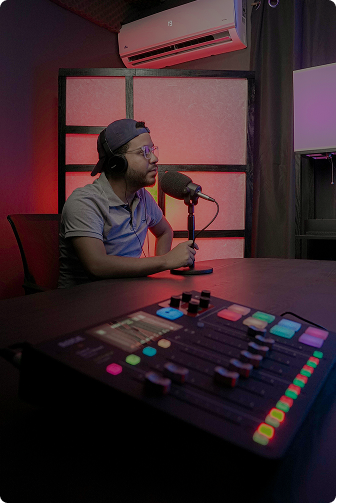Man vs machine: the sperm edition
Man vs machine: the sperm edition

Results presented at the 39th annual meeting of the European Society of Human Reproduction and Embryology (ESHRE) (25–28 June, Copenhagen, Denmark), have demonstrated that a novel AI tool can identify sperm in severely infertile men in mere seconds compared to the hours taken by embryologists.
Say goodbye to fertility clinics and hello to AI. Well, not literally, although AI may hugely speed up your fertility tests. We’re talking hours vs seconds here. This new AI tool can detect viable sperm from samples from those affected by extreme infertility more than a 1000 times faster than an embryologist.
According to the World Health Organization, it is estimated that infertility affects around 1 in every 6 couples who are trying to conceive. This means around 17.5% of the adult population experience infertility, emphasizing the need to improve fertility care. At least 50% of these cases of infertility are caused by a male contributing factor.
There a numerous causes of male infertility, the most common being issues generating enough healthy and high quality sperm. This includes a low sperm count and sperm that are immature, abnormally shaped or unable to swim.
For males and males assigned at birth who wish to become biological fathers but have no sperm in their semen, the most severe cause of infertility known as non-obstructive azoospermia (NOA) and affecting approximately 1% of all men, they must undergo a procedure where part of their testes are removed. Viable sperm are then isolated and extracted from this tissue by embryologists searching through the sample one minuscule portion of liquid at a time, an arduous and fatiguing process which can take 6 hours. These viable sperm can then be used to fertilize a partner’s eggs in Intracytoplasmic Sperm Injection (ICSI), the only realistic chance for men affected by NOA to have biological children.
The process of identifying and isolating viable sperm from tissue samples is limited by many factors, including clinician fatigue, human error or sample contamination by other particles or cells. Missing any sperm can greatly reduce the chances of the patient becoming a parent.
Now the new AI algorithm, termed SpermSearch, could help to overcome some of these issues and help couples with infertility problems who are trying to conceive, by rapidly identifying sperm in samples. A team of researchers from an IVF Clinic in Sydney (Australia) tested the algorithm in a proof-of-concept study. They initially trained the algorithm with data from thousands of still microscope photographs depicting sperm highlighted among a large degree of debris and other cells, enabling the algorithm to learn to identify and distinguish sperm from other artefacts.
The algorithm’s performance was then assessed using testicular tissue samples from seven patients aged between 36 and 55 years from the IVF Clinic, who had all been diagnosed with NOA. The researchers compared the time taken for sperm identification as well as the level of accuracy between the algorithm and an embryologist.
The AI algorithm was indeed faster and more accurate at identifying sperm than the embryologist. The AI identified more sperm overall (611), while the embryologist identified 560, although between them a total of 688 sperm were identified, so there were some sperm detected only by the embryologist and others detected only by the algorithm. The algorithm was also much faster (less than a 1000th of the time taken by an embryologist) and 5% more accurate than the embryologist when identifying sperm per viewable droplet area.
In the conference presentation, the researchers emphasized that this study is a proof-of-concept test, albeit very successful, and that further research and clinical trials are necessary to validate these results and prove that this algorithm is highly useful and can accurately identify sperm. The algorithm should also be tested with sperm samples from men with different types of severe infertility.
The chair of ESHRE who was not involved in this research, Professor Carlos Calhaz-Jorge from the Northern Lisbon Hospital Centre and the Hospital de Santa Maria in Lisbon (Portugal), commented: "Finding healthy sperm under the microscope in fragments of testicular biopsies can be an arduous process. The prospect of using AI to make the process quicker and more accurate is very interesting. We need to see more research to build on these results."
.png)
.png)
.png)



